This article was medically reviewed by Tu Anh Vu, DMD. Dr. Tu Anh Vu is a board certified dentist who runs her private practice, Tu's Dental, in Brooklyn, New York. Dr. Vu helps adults and kids of all ages get over their anxiety with dental phobia. Dr. Vu has conducted research related to finding the cure for Kaposi Sarcoma cancer and has presented her research at the Hinman Meeting in Memphis. She received her undergraduate degree from Bryn Mawr College and a DMD from the University of Pennsylvania School of Dental Medicine.
There are 11 references cited in this article, which can be found at the bottom of the page.
This article has been viewed 194,266 times.
Losing baby teeth is a rite of passage for children. If your child's tooth is loose and ready to fall out, you might have questions about how you can help them. Luckily, most of the time it's just a matter of waiting until the tooth is ready to come out. However, there are a few cases when you might need to take your child to the dentist, like if the tooth is loose because of an injury or their gums bleed for longer than 15 minutes after the tooth falls out.
Steps
How do you pull out a loose tooth yourself?
-
1Grip the tooth with a tissue or a piece of gauze. Teeth can be slippery, making them hard to grip—especially super-small baby teeth. To help you hold the tooth firmly, put a folded piece of tissue or gauze over the tooth before you try to grab it.[5]
- Make sure to wash your hands thoroughly with soap and water before you put your fingers in your child's mouth.
- You can also wear a pair of rubber gloves to help you get a better grip on the tooth.
-
2Squeeze the tooth firmly and tug. Using the gauze pad, grasp the tooth and pull up firmly but gently.[6] You can also add a slight twisting motion as you pull. If it's ready, the tooth should come right out.[7]
- If the tooth doesn't come out easily, it isn't ready yet. Try again in a few days.
- Work quickly—the faster you pull the tooth, the less it will hurt.
How do you get your child to let you pull their teeth?
-
1Talk to them about the tooth fairy. If your child needs a little encouragement, try talking to them about what the tooth fairy will bring them in exchange for their tooth. This might help them be excited enough to let you pull their tooth.[8]
-
2Wait until they're ready. Don't force your child to pull their tooth or let you pull it—the tooth will likely fall out on its own without any help at all. However, if you want to help it along with a little pull, talk to your child first. If they want your help, then you can go ahead.[9]
- In most cases, your child will be able to remove the tooth on their own just by playing with it.[10]
How do I numb a loose tooth?
-
1Use a numbing cream on the gums. If your child's tooth is loose enough, pulling it shouldn't be painful at all. However, if your child is nervous that it will hurt, you can ease their mind by asking their doctor or dentist to recommend a safe over-the-counter anesthetic.[11]
- Simply rub a dab of the ointment onto your child's gums and wait a few minutes for it to take effect, then pull the tooth.
-
2Give your child a cold treat to help numb their mouth. For a quick at-home option, have your child suck on some ice before you pull their tooth. You could also give them a cold treat like a popsicle or a snow cone—this might be just the trick to help put a nervous child at ease.[12]
- If you use ice cubes, remind your child not to chew on them, as that could damage their teeth.
What do I do after the tooth falls out?
-
1Stop the bleeding with a sterile piece of gauze. Even if the tooth was very loose, there will likely still be some bleeding. Take a fresh, sterile piece of gauze and press down on the tooth socket. Have the child bite on the gauze piece for 15 minutes or so. This will help to control the bleeding and help the wound heal faster.[15]
- If the bleeding doesn't stop after 15 minutes, call your child's dentist.
-
2Remind your child this is a big milestone. Whether this is your child's first lost tooth or they've been through this a few times already, take a minute to congratulate them! If they're feeling a little overwhelmed by losing their tooth, they'll appreciate the positive attention.
-
3Keep brushing and flossing as normal. Your child's gum might be a little tender where they lost their tooth. However, they'll still need to brush and floss the rest of their teeth the way they usually would. Just remind them to be gentle when they brush in the area where their tooth fell out.[16]
When should I go to the dentist for a loose tooth?
-
1See your doctor if the tooth isn't loosening on its own. If you notice that your child's tooth is a little wiggly, but months pass and it hasn't really changed much, it's a good idea to set up an appointment. The dentist will be able to check whether their permanent teeth are developing properly and whether any extra help might be needed.[22]
- You'll also need to see the dentist if the permanent teeth have completely erupted but the baby teeth haven't started to loosen yet.
-
2Visit the dentist if the tooth is loose because of an injury. If your child got hit or fell and hurt their mouth and now they have a loose tooth, make an appointment with the dentist as soon as possible. The dentist will examine your child’s mouth to figure out if the tooth is loose because of the injury or because it’s time for the tooth to fall out. Then, they’ll help you decide how to treat the loose tooth.[23]
Expert Q&A
Did you know you can get expert answers for this article?
Unlock expert answers by supporting wikiHow
-
QuestionMy daughter is now 13 and she has a tooth that bothers her too much and it's completely loose. The problem is that it seems to be stuck to her gum and when we try to pull it she is scared that her gum will also come off!
 Cristian Macau, DDSDr. Macau is an oral surgeon, periodontist, and aesthetician at Favero Dental Clinic in London. He received his DDS from Carol Davila University of Medicine in 2015.
Cristian Macau, DDSDr. Macau is an oral surgeon, periodontist, and aesthetician at Favero Dental Clinic in London. He received his DDS from Carol Davila University of Medicine in 2015.
Doctor of Dental Surgery Try showing her a youtube video of funny moments filmed by parents when pulling out teeth of their children. She can find that comforting and may realize that there is nothing to worry about if a five-year-old kid can pull out teeth by herself. If this doesn’t work make an appointment with a pediatric dentist.
Try showing her a youtube video of funny moments filmed by parents when pulling out teeth of their children. She can find that comforting and may realize that there is nothing to worry about if a five-year-old kid can pull out teeth by herself. If this doesn’t work make an appointment with a pediatric dentist.
Warnings
- If you pull the tooth and there is severe bleeding for more than 15 minutes, then go to your dentist immediately.⧼thumbs_response⧽
- If you try to pull the tooth and it’s not ready to come out, then don’t force it. Wait for few days or a week and give it a try again.⧼thumbs_response⧽
References
- ↑ https://parenting.firstcry.com/articles/how-to-remove-baby-tooth-at-home-painlessly/
- ↑ https://www.dispatch.com/article/20131229/news/312299831
- ↑ https://www.healthychildren.org/English/healthy-living/oral-health/Pages/When-Children-Begin-to-Lose-their-Baby-Teeth.aspx
- ↑ https://www.dispatch.com/article/20131229/news/312299831
- ↑ https://www.mouthhealthy.org/en/ask-an-ada-dentist/lost-a-baby-tooth
- ↑ https://www.mouthhealthy.org/en/ask-an-ada-dentist/removing-loose-tooth
- ↑ https://www.healthychildren.org/English/healthy-living/oral-health/Pages/When-Children-Begin-to-Lose-their-Baby-Teeth.aspx
- ↑ https://www.familyeducation.com/life/losing-baby-teeth/removing-childs-loose-tooth
- ↑ https://www.mouthhealthy.org/en/ask-an-ada-dentist/removing-loose-tooth
- ↑ https://www.dispatch.com/article/20131229/news/312299831
- ↑ https://www.dispatch.com/article/20131229/news/312299831
- ↑ https://parenting.firstcry.com/articles/how-to-remove-baby-tooth-at-home-painlessly/
- ↑ https://www.todaysfamilydentalnj.com/blog/how-not-to-pull-a-loose-tooth/
- ↑ https://www.dispatch.com/article/20131229/news/312299831
- ↑ https://parenting.firstcry.com/articles/how-to-remove-baby-tooth-at-home-painlessly/
- ↑ https://www.mouthhealthy.org/en/ask-an-ada-dentist/lost-a-baby-tooth
- ↑ https://parenting.firstcry.com/articles/how-to-remove-baby-tooth-at-home-painlessly/
- ↑ https://www.familyeducation.com/life/losing-baby-teeth/removing-childs-loose-tooth
- ↑ https://www.dispatch.com/article/20131229/news/312299831
- ↑ https://childrensedationdentist.com/loose-tooth-requires-trip-childs-dentist/
- ↑ https://www.kidsteethsc.com/what-are-shark-teeth-in-kids/
- ↑ https://www.healthychildren.org/English/healthy-living/oral-health/Pages/When-Children-Begin-to-Lose-their-Baby-Teeth.aspx
- ↑ https://www.healthychildren.org/English/tips-tools/symptom-checker/Pages/symptomviewer.aspx?symptom=Tooth%20Injury
- ↑ https://www.healthychildren.org/English/tips-tools/symptom-checker/Pages/symptomviewer.aspx?symptom=Tooth%20Injury
- ↑ http://www.mayoclinic.org/healthy-living/childrens-health/expert-answers/baby-teeth/faq-20058532
About This Article
If you want to pull a loose tooth at home, you’ll need to test the tooth to make sure it’s ready to be pulled. First, wiggle it around to make sure it moves easily. If there’s some resistance, the tooth is not ready to be pulled, because it could cause bleeding or an infection. If you decide your tooth is ready to be pulled, wash your hands thoroughly to guard against infection. Then, wipe the tooth a couple of times with cotton wool to remove saliva, which can be slippy. Afterwards, put some gauze between your thumb and forefinger, and take hold of the tooth. When you’re ready, pull the tooth sharply to remove it. Remember to seek medical attention if pulling the tooth causes pain, or if it’s come loose due to an injury. For tips from our Dental co-author on how to pull your child’s teeth, keep reading!
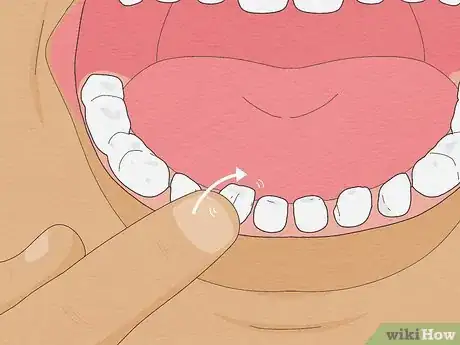


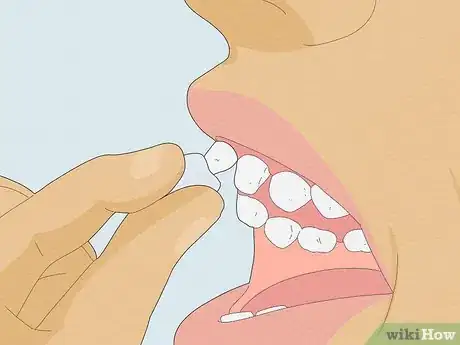
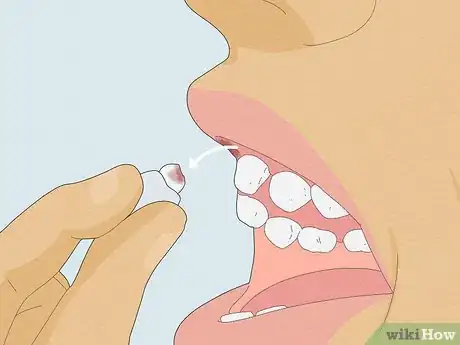
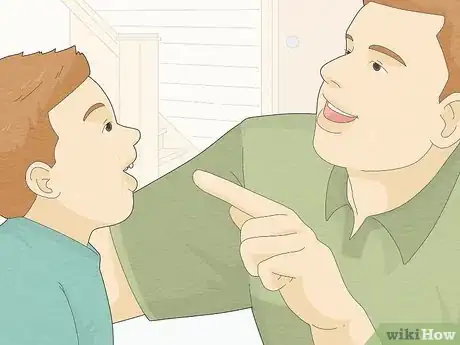
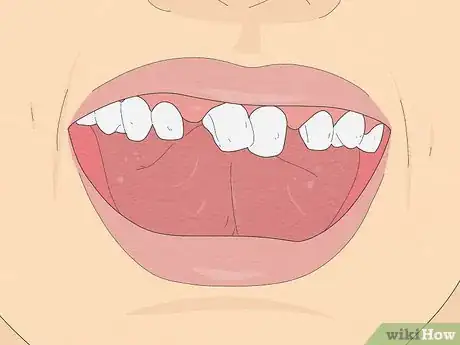

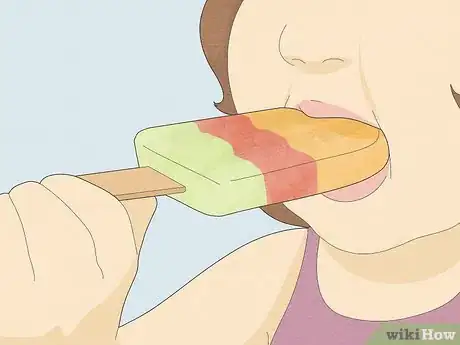
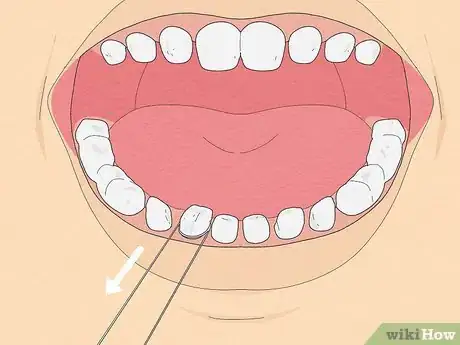
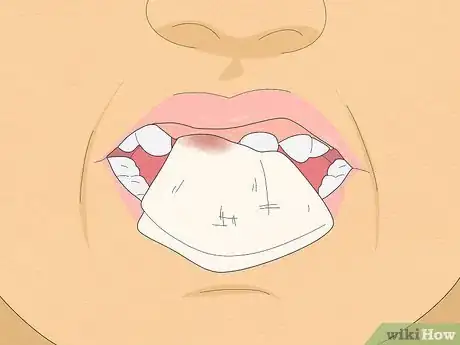



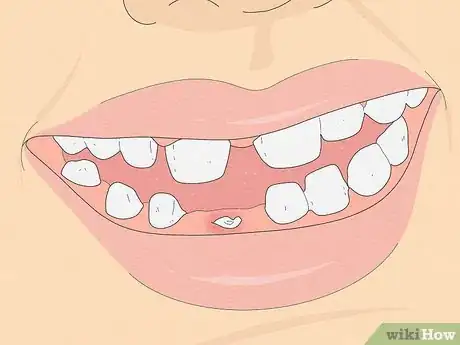
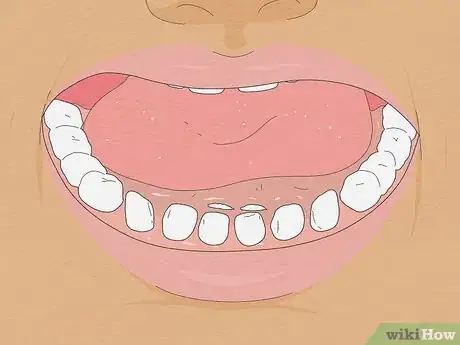
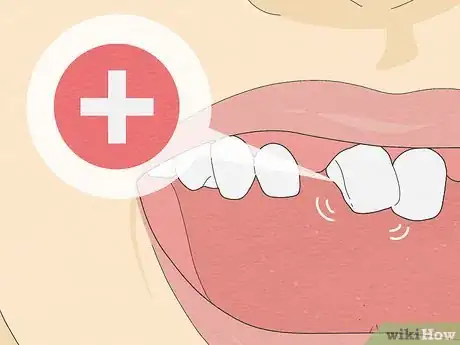
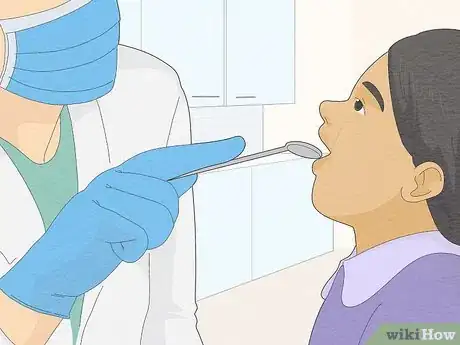
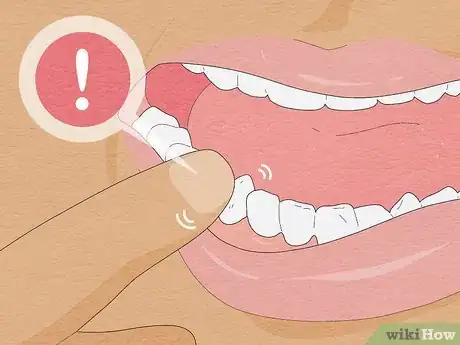
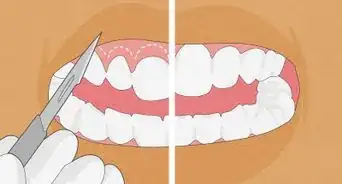
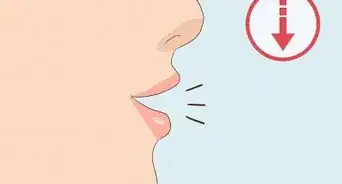
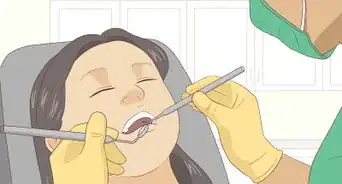

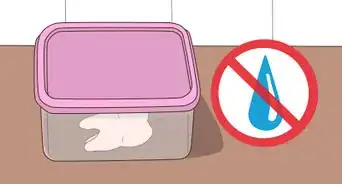

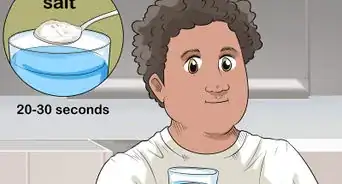
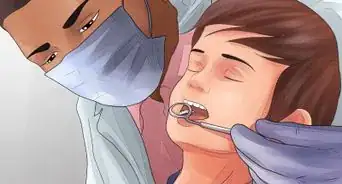

















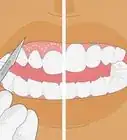
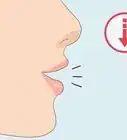
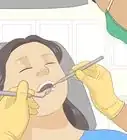




































Medical Disclaimer
The content of this article is not intended to be a substitute for professional medical advice, examination, diagnosis, or treatment. You should always contact your doctor or other qualified healthcare professional before starting, changing, or stopping any kind of health treatment.
Read More...